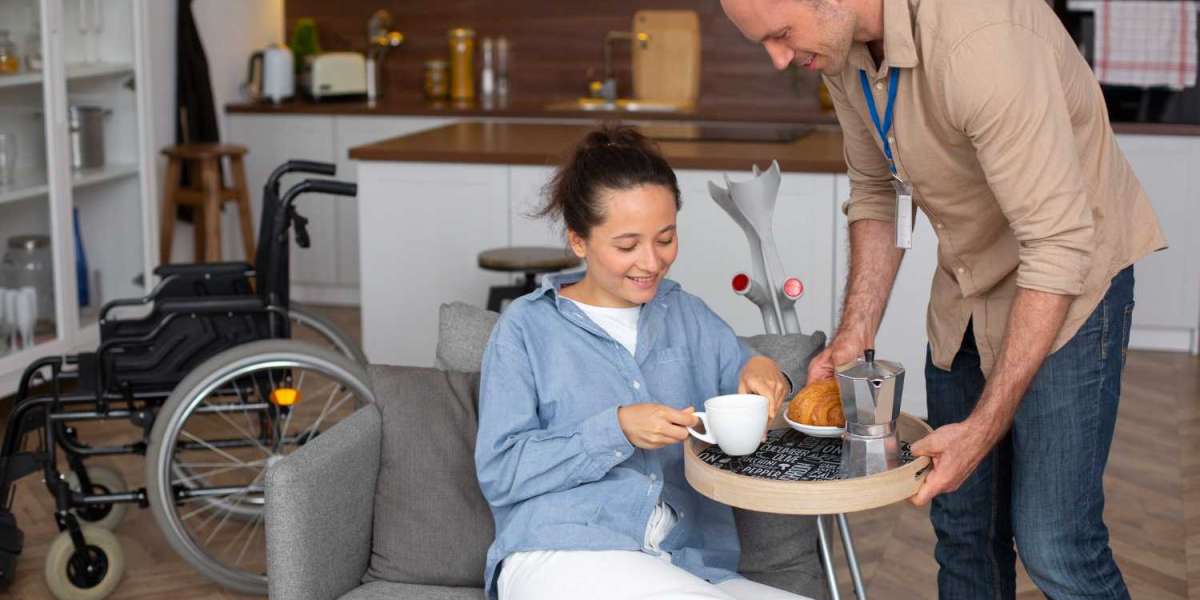Caesarean births (also known as C.Births, caesarean sections or C.Section ) are one of the most common surgical procedures in the UK, making up about a third of all births. This procedure involves birthing a baby through an incision made in the mother's abdomen and uterus. While caesarean births can be life-saving for both mother and baby, they are also major surgeries that come with their own set of risks. This blog aims to provide a comprehensive overview of caesarean births in the UK, exploring why they might be offered, the different types, what to expect, and recovery tips.
The Three Types of Caesarean Birth
There are three main types of caesarean birth 'elective (planned), unplanned and emergency'.
Type One: Elective Caesarean Section
This is a planned procedure that is usually spoken about and booked in before labour begins. Common reasons for elective C- Birth may include:
Women who have had a caesarean in a previous birth.
If baby is Breech or Transverse, and not head down.
Placenta previa, where the placenta covers the cervix, blocking the baby’s exit.
Medical conditions: Some conditions like heart disease or high blood pressure might make vaginal delivery risky.
Pregnant with twins, triplets a caesarean birth maybe offered.
Birth partner can be there to support the mother.
Spinal given as pain relief
Type Two Unplanned Caesarean Birth
This is when unexpected complications arise during labour. Common reasons for an unplanned C-Birth may include:
Baby in distress, this maybe that baby’s heart rate is abnormal, indicating that they may not be coping well with labour.
Labour is not progressing as expected, and attempts to speed up delivery have not worked.
Birth partner can be there to support the mother.
Spinal or Epidural top up given.
Type Three: Emergency Caesarean Birth
This is when the babies or the mothers life is at risk and baby needs to be born very quickly.
Cord prolapse, this is when the umbilical cord slips through the cervix ahead of the baby, posing a risk of suffocation.
Placental abruption,where the placenta detaches from the uterine wall prematurely, which can be life-threatening.
Birth partner would wait outside depending on the severity and pain relief given.
Either Spinal, Epidural top up or General Anaesthetic depending on how fast baby needs to be born.
What happens in a Caesarean Birth?
A C-birth is performed under anaesthesia, such as an epidural or spinal block, which numbs the lower half of the body. In some emergency cases, general anaesthesia may be used, putting the mother to sleep.
The procedure typically involves the following steps:
Preparation:
After a woman has had the preferred pain anaesthetic, they will be taken to the operating room, where trained medical staff will prepare her for surgery by cleaning her tummy and placing a sterile drape over your body.
The operation:
A horizontal incision, known as a "bikini cut," is made just above the pubic hairline. In rare cases, a vertical incision may be used.
The birth:
The surgeon gently pulls the baby out through the incision. The woman may feel some pressure but no pain.
After Birth:
The baby is handed over to the paediatrician team and handed to the woman or her partner for skin-to-skin contact, provided both are healthy.
Closing the Incision:
The uterus and abdominal incisions are then closed with stitches, which will dissolve over time.
What to Expect After a Caesarean Birth
Recovery from a C. Birth can take longer than a vaginal birth. However ever woman is different. Here’s what you can expect:
Hospital Stay:
Most women stay in the hospital for about three days after a caesarean. During this time, they will be monitored for any signs of infection or complications.
Pain Management:
Pain is managed with medications, and they will be encourage the woman to move around gently to reduce the risk of blood clots.
Wound Care:
Keeping the incision clean and dry is crucial. Midwives will visit and give guidance on how to care for your wound.
Breastfeeding Challenges:
Some women may find breastfeeding challenging after a C. birth due to the position of the incision and discomfort sitting. Looking in the local area for breastfeeding support, via drop ins, baby cafes and breastfeeding network support.
Physical Recovery:
It can take about six weeks for the abdominal muscles and tissues to heal fully. During this time, heavy lifting and strenuous activities should be avoided. Some women may feel trapped wind from the operation for a few weeks after the birth.
Risks and Complications
While C. Birth's are generally safe, with it being an operation, there are risks involved;
Infection:
- Infections may occur at the incision site or in the uterus.
Blood Loss:
- There is a higher risk of blood loss compared to vaginal birth, which might require a transfusion.
Blood Clots:
- C-Births increase the risk of developing blood clots in the legs or lungs.
Mental Health Considerations
Sometimes more than the physical aspect of a C.Birth, its the emotional impact that affects some women. Some women may feel disappointed or as if they have failed if their birth plan didn't go as expected. It can be perfectly normal to have mixed feelings about an unplanned or emergency c.birth. Talking about how they are feeling, finding postnatal support, whether from family, friends, or healthcare professionals, can be invaluable in navigating these emotions.
Recovery Tips
Take it Slow:
Give the body time to heal. Rest as much as possible and ask for help with daily tasks.
Stay Active:
Light walking can promote circulation and aid in the healing process. Every woman will have their own level of fitness and ideally would do as much as they feel comfortable with.
Eat Well
A balanced diet will help speed up recovery and support energy levels, especially if breastfeeding.
Listen to your Body:
Avoid lifting anything heavier than your baby, and stop any activity that causes pain.
Conclusion
Caesarean births are a common and safe way to birth a baby when needed. However, it is essential to be informed about the procedure, recovery, and potential risks. Whether planned, unplanned or emergency, every birth experience is unique, and what matters most is the health and well-being (both physically and emotionally) of both mother and baby. If you have any concerns or questions about caesarean birth, speak to your midwife, who can provide individual advice and support.
You can find more information from;
https://www.nhs.uk/conditions/caesarean-section/
https://www.nct.org.uk/labour-birth/different-types-birth/caesarean-birth
Understanding the what a caesarean entails and knowing what to expect can help make the experience a positive and empowering one.








